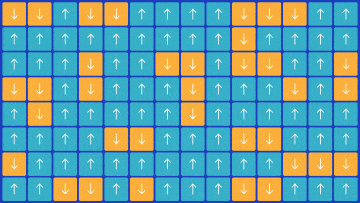Charlie Wood in Quanta:
 Sudden, radical transformations of substances known to humanity for eons, like water freezing and soup steaming over a fire, remained mysterious until well into the 20th century. Scientists observed that substances typically change gradually: Heat a collection of atoms a little, and it expands a little. But nudge a material past a critical point, and it becomes something else entirely.
Sudden, radical transformations of substances known to humanity for eons, like water freezing and soup steaming over a fire, remained mysterious until well into the 20th century. Scientists observed that substances typically change gradually: Heat a collection of atoms a little, and it expands a little. But nudge a material past a critical point, and it becomes something else entirely.
The mathematical key to cracking “phase transitions” debuted exactly 100 years ago, and it has transformed the natural sciences. The Ising model, as it’s known, was initially proposed as a cartoon picture of magnets. It’s now so commonly used as a simple model of physical systems that physicists liken it to the fruit fly, biology’s model organism. A recently published textbook deemed the Ising model “the system that can be used to model virtually every interesting thermodynamic phenomenon.”
It has also penetrated far-flung disciplines well beyond physics, serving as a model of earthquakes, proteins, brains — and even racial segregation.
Here’s the story of how a toy model of magnetism demystified phase transitions, became ubiquitous in science and continues to help push the boundaries of knowledge today.
More here.
